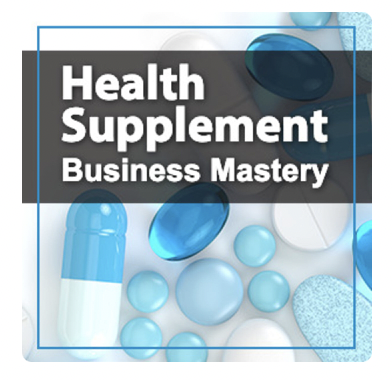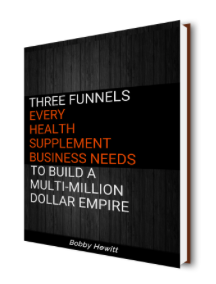Looking at dozens of front end offers from dietary supplement video sales letters (VSLs) over the last 7+ years, there are some common elements that stand out.
Selling with a VSL is actually very different than selling through a long form sales page (LFSP). For one thing, consumption of the sales copy is very different. On a LFSP the prospect is “reading” and in a VSL the content is being read to you. This may seem obvious but there’s some subtly to it.
In a long form sales letter the reader is free to skim and scroll and in most cases, even see what the offer is before really reading any of the sales pitch.
A video sales letter puts the blinders on.
Feeding the prospect the pitch line by line and controlling the situation.
The big mistake, almost all direct marketers and copywriters make, is that they treat a VSL the same way they would a long form sales page.
In fact this mistake has only really reared its ugly head in the last few years or so, now that VSLs are becoming more prominent.
This goes back to the sophistication level of the marketplace.
As more and more prospects are seeing more VSLs the direct translation from long form to a Video Sales Letter is starting to not work as well.
To compete in today’s competitive video sales letter marketplace, you have to get better at the basics of a VSL, not simply long form text.
Particularly if you want to be in the same ranks as 8 figure health businesses like Golden Hippo.
The problem is that copywriters approach a video sales letter with the same tactics and language patterns that work for written copy.
But they are compleatly different animals.
With a VSL you need to focus as much, if not more, on the imagery, audio quality, background music, voice tonality, pace and cadence, as you do on the copy.
It’s fundamentally a different beast from the very beginning. Part of the success of many VSLs is to apply cinematography skills to a print sales letter. But writing for video is very different than writing for print. And producing the VSL for selling rather than a powerpoint with audio is also a whole different animal.
This goes all the way through to the voice actors read through.
This sales perspective includes optimizing for things like:
- Tone of voice (how something is said)
- Vocal expression of emotion (not only expression of emotion but also coming off genuine vs. fake)
- Verbal pace (knowing where it needs to be faster or slower)
- Vocal pitch (ending a sentence on a high or low pitch)
All of these elements together make a dramatic difference in response rates of video sales letters.
How something is said is often just as important as what is said.
The tone of voice is very important.
Reading the script and also thinking about what emotions are trying to be expressed should not be the sole job of the voice actor. There needs to be some direction provided to the actor.
The emotional aspect of the sales copy can be enhanced by using non-verbal cues that are associated with the mood of the line. An inspirational section can be over-laved with music to tap into the emotions of the viewer. And the actor can use non verbal sounds to pre-frame a sentence.
The human voice can communicate 24 different emotions without words.
Researchers created an interactive map of all the emotional sounds that communicate meaning. On the following audio map you can hover over a pixel to hear how the rich vocabulary that tells us more than can be communicated without words. But when infused into a good video script, it can communicate on a level that is deep within all of our animal brains.
The First 2 Minutes Of Any VSL Is Critical
The first 2 minutes of any VSL is vital and is one place you absolutely want to test not only different copy but also a different pace. The pace or speed of delivery is quite important to a video sales letter. It’s typical for video fatigue to set in at some point. Where the viewer literally starts to loose interest and get tired of watching. Compelling copy has always been the solution to reading fatigue in a long form world but in a video world, it’s not just compelling copy but also the pace of that copy.
The second area in a VSL where pace becomes an issue is at the point where your copy goes into the science of your product. One way to keep those eyes from glazing over is through the speed of delivery. Sometimes you can adjust this in post production but other times it sounds odd and a bit forced. The better approach is to “coach” the voice actor on when to quicken and when to slow down the pace. Which is more natural sounding. A point where you’ll want to slow down the pace is at the point of the offer.
The next time you’re looking to test your video sales letter, I hope you consider testing elements like, pace, tone, expression and pitch. Those are the little things that make human expression and language so fascinating. Often times how we say things is just as important, if not more important, than what we say.
Discover the 3 funnels that can help your health supplement business succeed.

Listen to the Health Supplement Business Mastery Podcast for for dietary supplement entrepreneurs and marketers.



